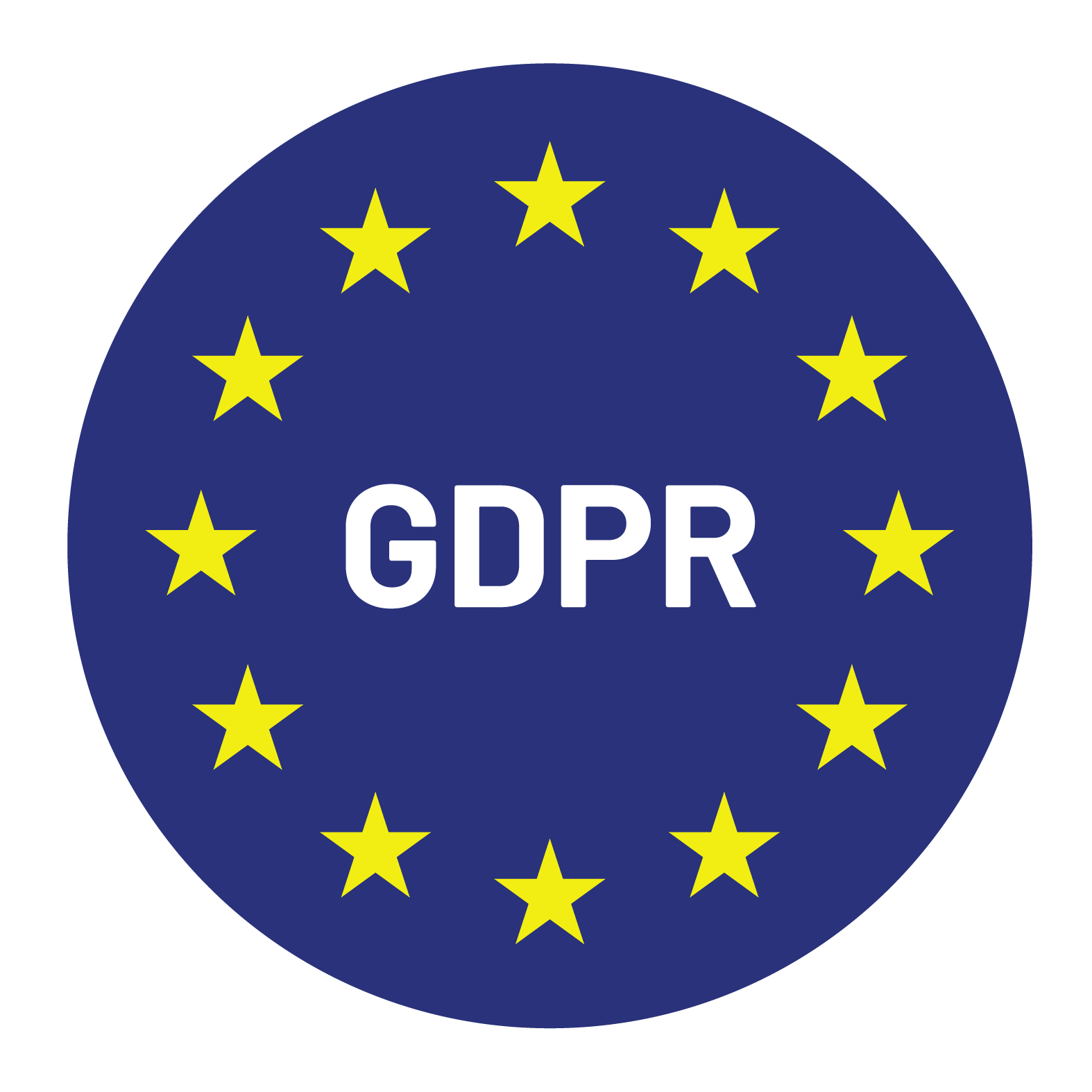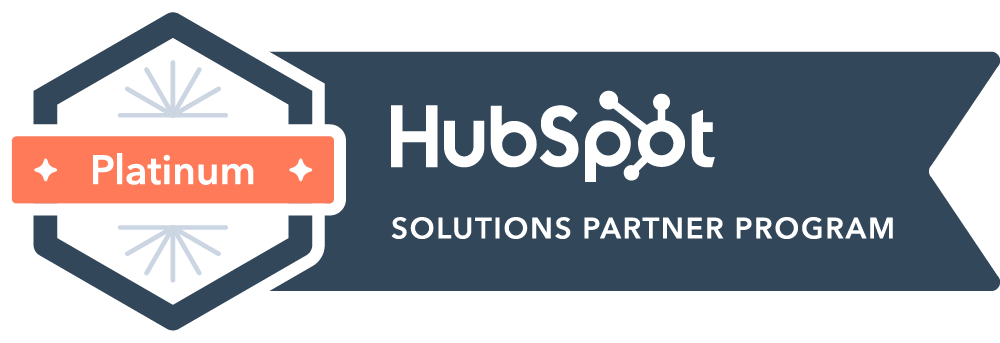

Content Writer for Whistle with multidisciplinary experience spanning over a decade.
Cybersecurity budgets are increasing, but getting a decision-maker to pick up the phone is harder than ever. Sales teams face longer buying cycles, tighter scrutiny, and highly informed prospects who don’t want a generic pitch.
It’s not that the market isn’t there. Demand is high. But expectations have changed, and most cybersecurity sales teams are still running the same playbooks they used five years ago.
If you want real traction in 2025, your lead generation strategy needs to reflect the way buyers evaluate risk, engage with vendors, and define trust.
Security is a high-stakes purchase. Buyers aren’t browsing, they’re investigating. And when the cost of choosing the wrong tool includes reputational damage and operational disruption, they’re not going to move quickly or tolerate shallow outreach.
In this environment, it’s not enough to flood the funnel with names. You need to know who is actively looking, what problems they’re trying to solve, and how to reach them with credibility. The job isn’t just to generate leads. It’s to create the right ones.
The old funnel model assumes a linear path: awareness, interest, decision. But cybersecurity deals rarely move that cleanly. You may have six stakeholders, multiple cycles of internal risk assessment, and an extended validation process before a serious conversation even begins.
Most marketing-led funnels are still optimized for volume. What cybersecurity sales teams need is visibility. Who’s showing intent? Where are they in the research process? What are they nervous about?
This shift calls for lead generation strategies that are targeted, informed, and built for trust.
Intent data has become a critical input for modern sales teams. Tracking which companies are researching specific cybersecurity terms or engaging with related content helps you prioritize outreach based on actual interest, not guesswork.
It’s not just about volume signals either. The strongest teams combine third-party intent with first-party behavioral insights to understand both what prospects are looking at and how deeply they’re engaging. This allows you to approach buyers when they’re most open to a conversation.
Security buyers don’t want a pitch. They want evidence that you understand the threat landscape, that your solution is technically sound, and that you’ve solved similar problems before.
High-quality educational content, especially webinars featuring technical leads or customer success stories, helps build that credibility early. It also gives your SDRs something useful to follow up with. Instead of asking for time, they’re offering value.
Email alone doesn’t cut through. Neither does LinkedIn on its own. The most effective campaigns coordinate across email, social, phone, and community platforms, reinforcing key messages through different formats and touchpoints.
Cybersecurity buyers are busy. Reaching them requires thoughtful timing, message sequencing, and channel diversity. The key is consistency without becoming noise.
Most SDR outreach still starts with generic value props. But security leaders don’t buy benefits. They respond to relevance.
If a company just announced a cloud migration, highlight the risk surface expansion. If they’re scaling globally, focus on compliance complexity. Strong lead generation for cybersecurity means tying outreach directly to the problems your audience is trying to solve, not the features you’re trying to pitch.
The security community is highly networked and opinion-driven. People listen to practitioners they trust, especially those who’ve done the job themselves.
Collaborating with known voices, through guest content, community events, or advisory relationships, helps you tap into credibility you can’t buy. It also gives your messaging more weight, especially when you’re entering new markets or launching unfamiliar products.
If someone attends a webinar, downloads a threat report, or views a pricing page, that activity should trigger a tailored follow-up. Not a mass email, a relevant message that builds on what they engaged with.
Modern lead generation tools allow you to automate this without losing the personal touch. The goal is to keep the conversation going without forcing it.
AI isn’t just about chatbots or content generation. One of its most practical uses in sales is lead scoring, surfacing which contacts are most likely to convert based on behavior, firmographics, and buying signals.
This doesn’t replace human judgment. But it gives your SDRs a better starting point and ensures that time is spent where it matters. When used properly, AI helps reduce waste and improve conversion rates across your funnel.
Cybersecurity lead generation is not a solo function. Marketing may own the top of the funnel, but if the handoff isn’t tight, good leads get dropped. Shared KPIs, such as conversion rates, pipeline contribution, and sales velocity, help keep both teams accountable to outcomes, not just activity.
The best teams meet regularly to review lead quality, channel performance, and close rates. This constant feedback loop helps refine targeting, messaging, and content over time.
Your funnel needs to do more than fill up. You need to understand how leads are moving through it. Key metrics to track include:
Tracking these over time reveals where deals are stalling and where your efforts are paying off.
It’s not enough to collect data; you need to make it usable. Your CRM should give real-time visibility into lead status, activity, and outcomes. Integrated analytics tools help you understand what’s working across different channels, personas, and geographies.
This is especially important for outsourced SDR teams or when you’re managing multiple campaigns in parallel.
Your best message today might underperform next quarter. That’s why continuous testing is essential. Try different subject lines, call scripts, CTAs, and send times, then double down on what works.
This isn’t about chasing micro-optimizations. It’s about staying relevant and adjusting your approach as buyers shift focus.
A solid lead generation strategy doesn’t stop at the MQL. You need a clear framework for how leads progress through the sales process. What qualifies as an SQL? When does the AE take over? What happens if a deal goes cold?
Clear definitions ensure better coordination, faster handoffs, and more consistent follow-up.
Not every lead needs a meeting this week. Lead scoring, based on job title, company fit, engagement level, and intent, helps your team decide who to contact, when, and with what message.
The more accurate your scoring, the better your results. But it only works if it’s reviewed regularly and grounded in actual conversion data.
Service level agreements between marketing and sales clarify expectations. How many leads should marketing generate? How quickly should sales follow up? What qualifies as “accepted”?
SLAs reduce finger-pointing and keep both teams focused on the same goals.
Your SDRs don’t need to be CISSP certified, but they do need to understand what they’re selling. That means hiring people who can ask smart questions, navigate technical conversations, and build trust with skeptical buyers.
Soft skills matter too. The ability to listen well, handle objections calmly, and know when to push and when not to is essential.
Security buyers expect informed conversations. Your reps should know how your product works, what risks it addresses, and where it fits into a broader stack.
They also need to be aware of compliance frameworks, data privacy concerns, and regional differences. You don’t need to make them experts, but they can’t be tourists either.
Even the best reps can’t perform without the right support. That includes high-quality data, strong messaging, intent insights, and coordination across sales and marketing. For many companies, this means working with specialized lead generation services that understand cybersecurity and can tailor outreach accordingly.
This is where partnerships matter. When expert SDRs back your sales team, your strategy stops being theoretical and starts producing results.
Cybersecurity sales aren’t getting easier. Buyers are more cautious, competition is tighter, and trust takes longer to build. But that doesn’t mean your funnel has to stall.
With the right lead generation strategies, informed by intent, supported by technology, and executed with precision, it’s possible to reach the right buyers and move them forward with confidence.
If your cybersecurity sales team needs support building a more targeted, trustworthy, and measurable lead generation engine, Whistle can help. Our SDR teams are equipped to deliver qualified leads, tailored outreach, and results that move your funnel forward. Explore how we work.


© Copyright – Whistle 2023